Classical record cover of the year?
main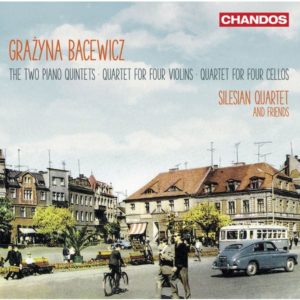
I can’t tear my eyes away from Chandos’s new release of chamber music by the compelling Grazyna Bacewicz.
The cover is so fit for purpose. It conveys all you need to know about the dullness of life in a small town under Communism – a dullness that Bacewicz (1909-69) somehow both reflects and dispels.
And the unsourced picture is not real: it is colourised, another layer of deception.
There is no hope in this picture, only ennui. But the music is redemptive.
Give that art director a bonus.

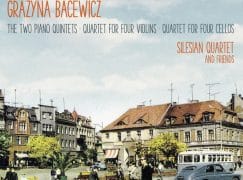
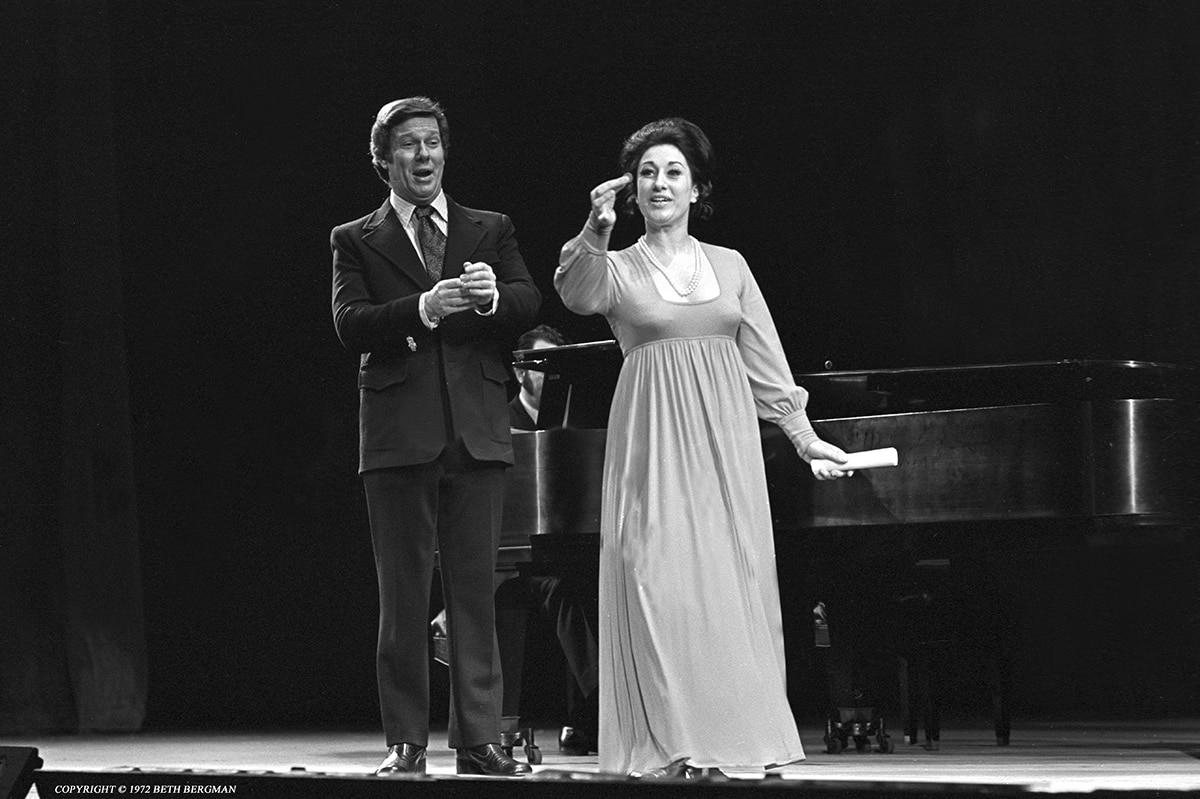
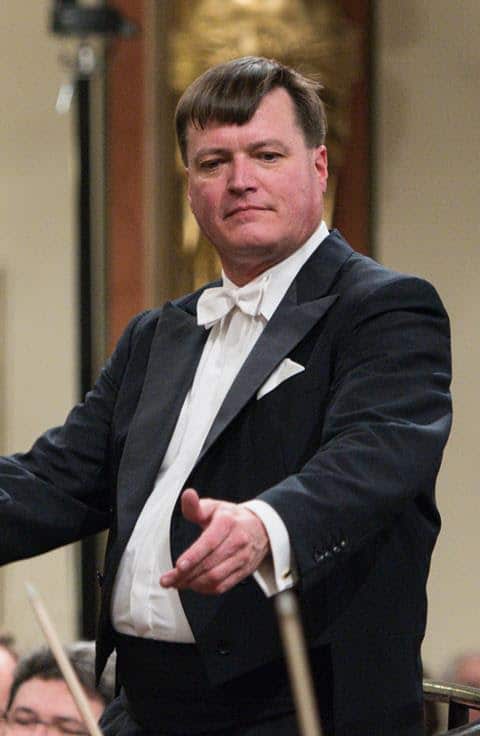
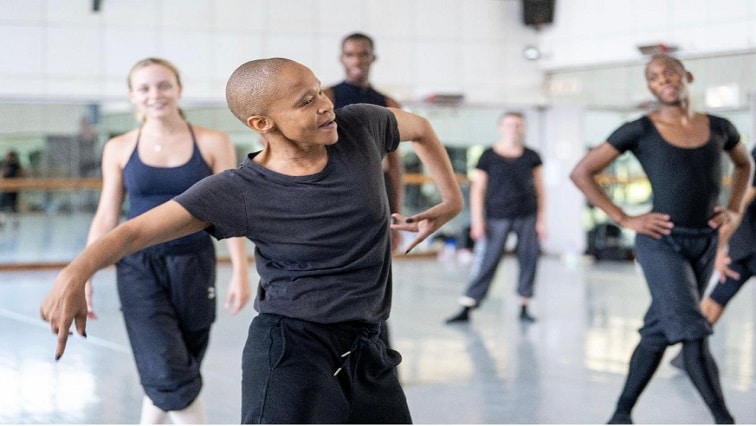
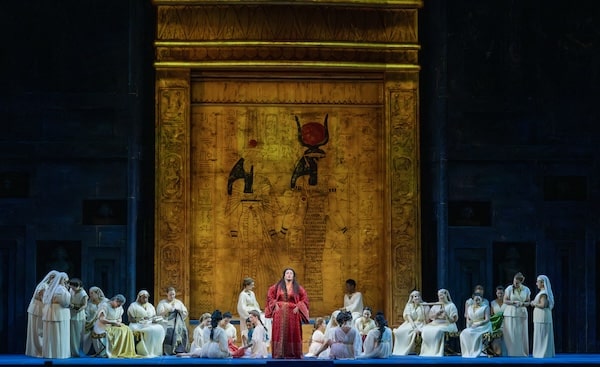
You are completely right Norman!
But not only the cover, the music itself is absolutely great. And then this amazing performance!
I still have to review this one ….. 🙂
But I did review Bacewicz her violin concerto some time ago…
https://basiaconfuoco.com/2016/09/08/polish-violin-concertos/
https://www.youtube.com/watch?v=Y4H-GapUP78 A fine violinist as well.
Indeed – and no mean pianist either, having premièred and given several subsequent performances of her second piano sonata; I’ve never understood why her music was so underappreciated outside Poland until relatively recently.
The sort of image that really deserves to be on a large LP cover.
And yet…no litter and no graffiti. I’d be happy to endure that kind of dullness, if only for a while.
Exactly. I found it quite charming.
Yes, I thought it looked rather nice. I wonder whether Norman is projecting some of his political views onto his aesthetic appreciation of the photo.
Furthermore: 1 car, 1 bus and 1 bike. The remainder are all pedestrians. I like that ratio.
That’s because the locals are in ten-year waiting line for a Trabi or a Skoda.
Is it Łódź?
Update: it’s not Łódź. After a bit of searching I discovered it’s Rynek in Gniezno, formerly called Plac Bohaterów Stalingradu. Apparently the photo dates from the late 1960s. It appears in colour in several places online, so I wonder whether it really is a colourised black and white photo, or whether it was in fact originally shot in colour.
When I “left” (read: was departed beacuse Jewish) Poland in 1968 there was no colour photography yet. The first colour photoshoots just started, so …
Actually: all of you who wants to change…what do you know about living in those countries in those years?
Btw: in the sixties there was undoubtly no graffity in little towns in the West neither…
You’re right, save for ‘wank’ written on the wall of a fishmonger’s in a certain town in SE England. It was so unusual in those days, people used it as a landmark (‘Turn right at “wank” and it’s a couple of hundred yards down on your left’). We couldn’t work out if it was an imperative (‘Workers of the world, …’) or just someone who’d learned those four letters that morning. Either way, I’d give my eye teeth for that extent of ‘urban art’ these days.
There was graffiti in the sixties in the West, although perhaps less of it than there is now
You seem to be projecting some deep psychological malaise. The town is perfectly charming.
Yes, I’m not seeing the capitalistic excitement of a McDonald’s or KFC or Burger King in that picture.
Congratulation, Vyacheslav Novikov’s an excellent pianist. Great music! His son’s a pianist and my duo partner. A lot to celebrate.
Life is indeed dull in any small city, particularly in a communist one. But I think if the intent had been to convey that dullness, the use of a photo of town in Belarus, Albania, Romania or Bulgaria – countries notoriously littered with such ugly cities – would have been more poignant and effective. As it is, this photo almost idealizes small city life. It’s just too charming.
Good point. The Eastern Bloc had (has?) plenty of towns and cities which were toe-curlingly depressing; it wouldn’t have been terribly difficult to find a picture reflecting that feeling.
A comparable picture appears on the cover of the Silesian Quartet’s new recording of Bacewicz’s complete string quartets: http://www.arkivmusic.com/classical/Drilldown?name_id1=510&name_role1=1&comp_id=140549&bcorder=15&name_id=63742&name_role=4